SECTION III – INSPECTION第三章 – 检查
TABLE OF CONTENTS
目录
SECTION
章节
1. Standard Inspection Practices
标准检查施工
A. General
通用
B. General Inspection Procedures
通用检查程序
C. Magnetic Particle Inspection
磁粉检查
D. Fluorescent Penetrant Inspection
荧光渗透检查
E. Bearing Inspection
轴承检查
F. Gear and Spline Inspection
齿轮和花键检查
G. Visual Inspection
目视检查
H. Electrical Component Inspection
电气元件检查
I. Curvic Coupling Inspection
弧形联轴器检查
J. Abraded, Plasma Spray, or Metal Spray Surfaces Inspection
研磨、等离子喷涂或金属喷涂表面检查
K. Bubble Point Check for Filters
过滤器气泡点检查
L. Pressure Drop Check: Cleaned Metallic Filter Elements
压降检查:清洁的金属滤芯
M. Thermocouple Simulators for Calibration and Checkout of Electronic Equipment
电子设备校准和检查用的热电偶模拟器
N. Composite Material Components
复合材料部件
O. Equipment and Materials
设备和材料
1. Standard Inspection Practices 标准检查施工
A. General
通用
The methods and procedures presented are recommended by the manufacturer to facilitate repair of a unit. The information is presented as a supplement to the knowledge acquired by competent personnel engaged in the overhaul activities of organized facilities and to the applicable model-specific inspection manuals (zero-time) and workscope planning guides (continuous-time). Processes or procedures, which are considered general or commonplace, are omitted. However, due to the precision equipment involved, it is necessary that all instructions detailed herein be carefully evaluated and closely followed.
本手册中介绍的方法和程序由制造商推荐,旨在方便部件维修。本手册中的信息是对从事有组织设施大修工作的合格人员所掌握知识的补充,也是对特定型号适用检查手册(零时间)和工作范围规划指南(连续时间)的补充。通用或常见的过程或程序均省略。然而,由于涉及精密设备,有必要仔细评估并严格遵守此处列出的所有说明。
• Frequent reference shall be made to Fits and Clearances in the applicable inspection manuals/workscope guides for unit being repaired, during inspection, repair, and replacement procedures, to determine if parts can meet minimum or maximum limits of fit tolerances.
在检查、修理和更换过程中,应经常参考适用的检查手册/工作范围指南中有关待修理部件的配合和间隙部分,以确定零件是否符合配合公差的最低或最高限值。
• Dimensional inspections are required for critical parts subject to wear as specified by the applicable manuals/workscope guides. However, if visual inspection shows no indication of damage or wear, dimensional inspection requirements may be left to the judgment of inspection personnel.
根据适用手册/工作范围指南的规定,易磨损的关键零件需要进行尺寸检查。但是,如果目视检查未发现损坏或磨损迹象,则尺寸检查要求可由检查人员自行判断。
• Long life and continued efficient operation of the unit depend upon the care and accuracy with which inspections are conducted, repairs, and replacements accomplished, and calibration performed.
部件的长寿命和持续高效操作取决于检查、修理、更换和校准的细致程度和准确性。
• Finished part dimensions are dimensions, which define the finished part and shall be met when the part is free from external forces, except when restraint of part is specifically required by the applicable manual covering the part.
成品零件尺寸是指成品零件的尺寸,当零件不受外力作用时,应符合这些尺寸,除了包含零件的适用零件手册特别要求对零件进行约束。
• Dimensions and surface texture apply after plating, anodic coating, hard anodizing, metal spraying or plasma spraying has been completed.
尺寸和表面纹理适用于电镀、阳极氧化、硬质阳极氧化、金属喷涂或等离子喷涂完成后的零件。
• Finished part dimensions apply prior to all other coatings, such as paint or dry film lubricants, unless otherwise specified by the applicable manual covering the part.
成品零件尺寸适用于所有其他涂层(如油漆或干膜润滑剂)之前,除非适用的零件手册另有规定。
• Table 309 provides a list of equipment and materials that may be needed for inspection.
表309列出了检查可能需要的设备和材料。
B. General Inspection Procedures
通用检查程序
CAUTION: AFTER INSPECTION, ALL STEEL PARTS SHALL BE COATED WITH CORROSION-PREVENTIVE COMPOUND (MIL-C-6529, TYPE III) (SECTION VII).
注意:检查后,所有钢制零件均应涂上防腐蚀化合物(MIL-C-6529,类型III)(第七章节)。
(1) Check instrumentation.
检查仪器。
All micrometers, gages, indicators, other measuring instruments, or test equipment shall be checked periodically and calibrated accurately in accordance with MIL-STD-120 or with applicable manufacturer recommendations.
所有千分尺、量规、指示器、其他测量仪器或测试设备均应定期检查,并根据MIL-STD-120或制造商的建议进行精确校准。
(2) Provide inspection records and tags.
提供检查记录和标签。
Good shop practices include the compilation of complete and accurate inspection records. Such records expedite reworking of equipment, and lend assurances of a complete and thorough overhaul.
良好的车间实践包括编制完整、准确的检查记录。这些记录可加快设备的返工,确保大修的完整性和彻底性。
(a) It is suggested that inspection records be based on the requirements presented in this section, and that parts requiring rework or replacement be tagged and a notation of the disposition of these parts be entered on the inspection records.
建议检查记录应基于本章节的要求,对需要返工或更换的零件进行标记,并在检查记录中注明这些零件的处理情况。
(b) Records of rework, rework method and inspection thereof, shall be maintained in the event that such rework results in adverse conditions. Only rework procedures specified by the unit manufacturer shall be utilized. The same method is suggested for parts requiring special treatment, such as magnetic particle or fluorescent penetrant inspections, painting, cadmium plating, etc.
如果返工导致不良后果,则应保留返工记录、返工方法和检查记录。只能使用部件制造商规定的返工程序。建议对需要特殊处理的零件采用相同的方法,例如磁粉或荧光渗透检测、喷漆、镀镉等。
C. Magnetic Particle Inspection
磁粉检测
(1) Magnetic particle inspection shall be per the requirements of ASTM E1444 using the fluorescent wet continuous method.
磁粉检验应按照ASTM E1444的要求,使用荧光湿连续法。
D. Fluorescent Penetrant Inspection
荧光渗透检验
(1) Scope – Fluorescent penetrant inspection (Type 1), referenced in this manual, shall be performed in accordance with this document and either ASTM E1417 or AMS 2647 which detail the minimum requirements. Refer to the component section of the manual for specific instruction and/or acceptance criteria.
范围——本手册中提到的荧光渗透检测(类型1)应按照本文件以及规定了最低要求的ASTM E1417或AMS 2647进行。具体说明和/或验收标准请参阅手册的部件章节。
(2) Etching – Pre-penetrant etching shall be performed when specified.
蚀刻——应在规定时进行预渗透蚀刻。
(3) Areas of components containing coatings, plating, etc (such as in OEM applied) usually prevent inspection of the substrate and are not to be considered for inspection. Inspections shall be performed with these surface conditions in place unless otherwise specified.
含有涂层、电镀等(例如OEM应用)的部件区域通常会妨碍对基材的检查,因此不应考虑进行检查。除非另有规定,否则应在这些表面状况下进行检查。
(4) Focused Inspection – Where a focused penetrant inspection is specified, the component shall be globally inspected, followed by careful re-examination of the critical features identified in the manual or inspection procedure. Magnification up to 10X may be specified.
重点检查——如果规定进行重点渗透检查,则应对部件进行全面检查,然后仔细复查手册或检查程序中确定的关键特征。可规定放大倍数最高为10倍。
(5) Penetrant System – Type II (Visual penetrant) and Type III (dual mode penetrant) process shall not be used on engine components. All penetrant materials shall be listed in QPL-SAE-AMS-2644.
渗透系统——II型(目视渗透)和III型(双模式渗透)工艺不得用于发动机部件。所有渗透材料均应列于QPL-SAE-AMS-2644中。
(a) Rotating Components – Unless otherwise specified in this manual, the examination of critical rotating components shall be performed with Type 1, Method D, Sensitivity Level 4 process. Rotating components are defined as any part that by design experiences rotary motion when in operation (e.g., blades, discs, wheels, impellers, seal plates, spacers, couplings, tie bolts, shafts, and gears, etc).
旋转零件——除非本手册另有规定,否则关键旋转零件的检查应使用类型1、方法D、灵敏度等级4。旋转零件是指任何设计在操作时经历旋转运动的零件(例如叶片、圆盘、车轮、叶轮、密封板、垫片、联轴器、系杆、轴和齿轮等)。
(b) Non-Rotating Components – Unless otherwise specified in this manual, perform fluorescent penetrant inspection examination of non-rotating components with a Type 1, Method A or D, Sensitivity Level 3. Inspection to a higher sensitivity level than specified is acceptable provided the process yields a satisfactory indication to background contrast. Method D may be substituted for Method A.
非旋转部件——除非本手册另有规定,否则应对非旋转部件进行荧光渗透检测,使用类型1、方法A或D、灵敏度等级3。如果检测过程能够给出令人满意的背景对比度指示,则允许使用高于规定灵敏度等级的检测方法。方法D可以替代方法A。
(c) Dwell Time – Penetrant dwell time shall be 30 minutes minimum when inspecting for service induced defects. For the inspection of processing related defects only, the dwell time may be reduced to 10 minutes minimum.
停留时间——在检查因维修导致的缺陷时,渗透剂停留时间应至少为30分钟。仅用于检查加工相关的缺陷时,停留时间可缩短至至少10分钟。
(d) Developer – Developer is required. Dry powder developer (Form a) is the preferred developer for routine Method A and D inspections. Dry developer dwell time shall be ten minutes minimum to four hours maximum.
显影剂——需要使用显影剂。干粉显影剂(表格a)是常规方法A和D检查的首选显影剂。干显影剂停留时间应至少为10分钟,最长为4小时。
(e) Method C – Method C process is for localized inspections where it is not feasible to process the entire part, for inspections at remote locations, or when water contact is detrimental. Method C may be substituted for Method A and D for localized inspections, if Method A or D is not feasible. Nonaqueous developer (NAD/Form d) is recommended where part geometry permits a uniform application; otherwise, Form a (dry developer) shall be used. NAD dwell time shall be ten minutes minimum, to one hour maximum.
方法 C——方法 C 流程适用于局部检查,即无法处理整个零件、检查位置偏远或与水接触有害的情况。如果方法 A 或 D 不可行,局部检查时可以用方法 C 代替方法 A 和 D。如果零件几何形状允许均匀涂抹,建议使用非水显影剂(NAD/Form d);否则应使用 Form a(干显影剂)。NAD 停留时间应至少为 10 分钟,最长为 1 小时。
(f) Indication Verification – Indications shall be evaluated by wiping the indication with a solvent-dampened swab or brush, allowing the area to dry and redeveloping. Redevelopment time shall be at least ten minutes, except nonaqueous redevelopment shall be three minutes minimum. If no indication reappears, the original indication is considered false. This procedure may be performed twice for any given original indication.
指示验证——应使用蘸有溶剂的棉签或刷子擦拭指示,让该区域干燥并重新显影,以评估指示。重新显影时间应至少为 10 分钟,非水显影应至少为 3 分钟。如果指示没有重新出现,则原始指示被视为错误。对于任何给定的原始指示,此程序可执行两次。


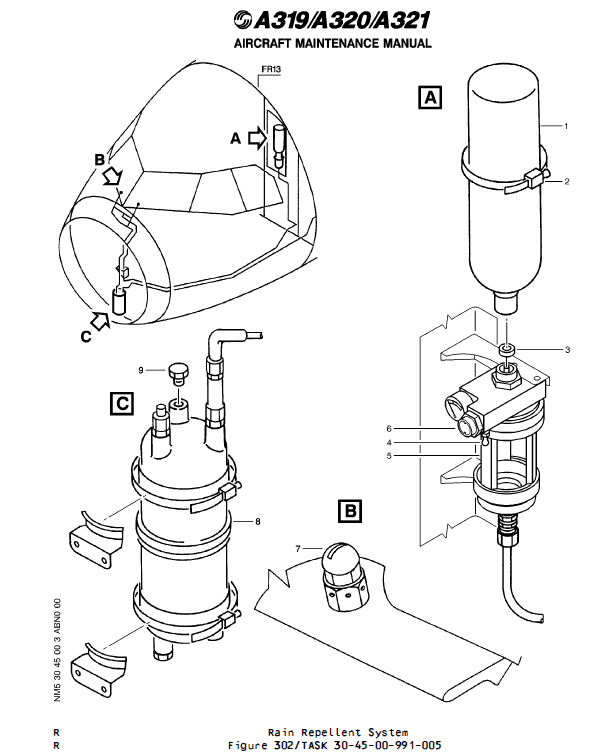
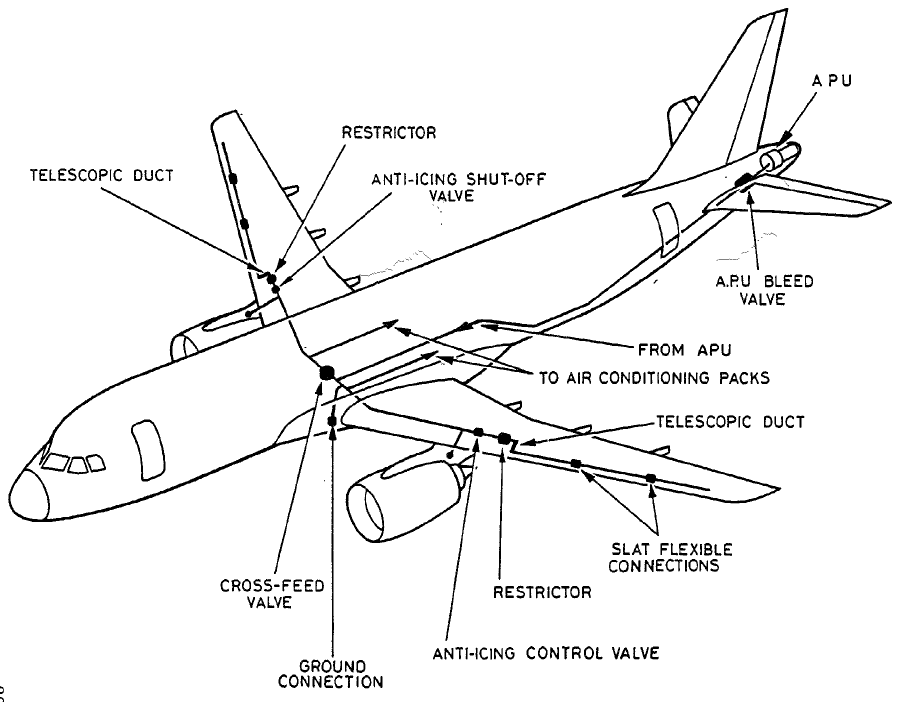
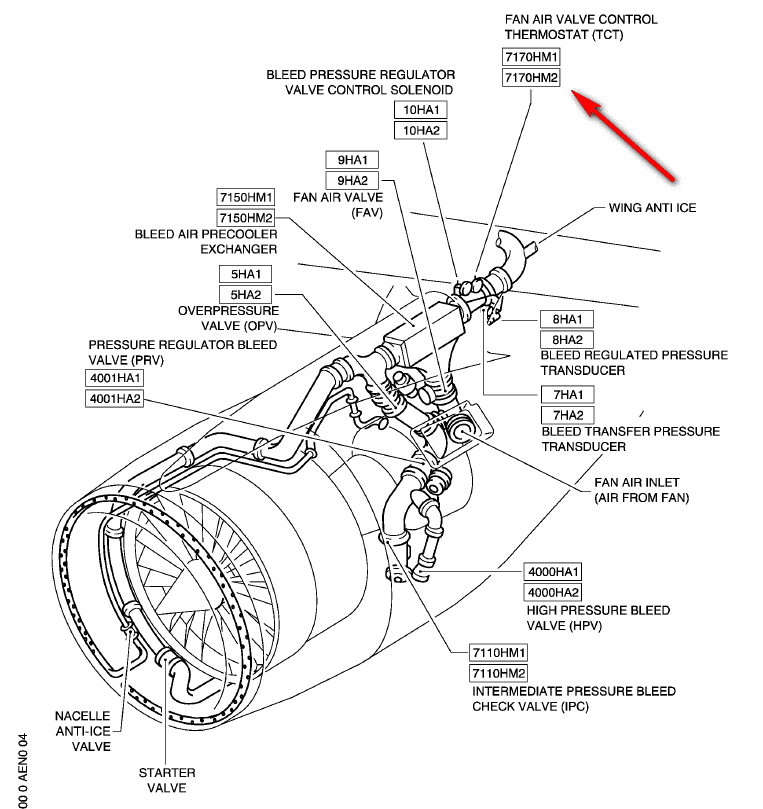

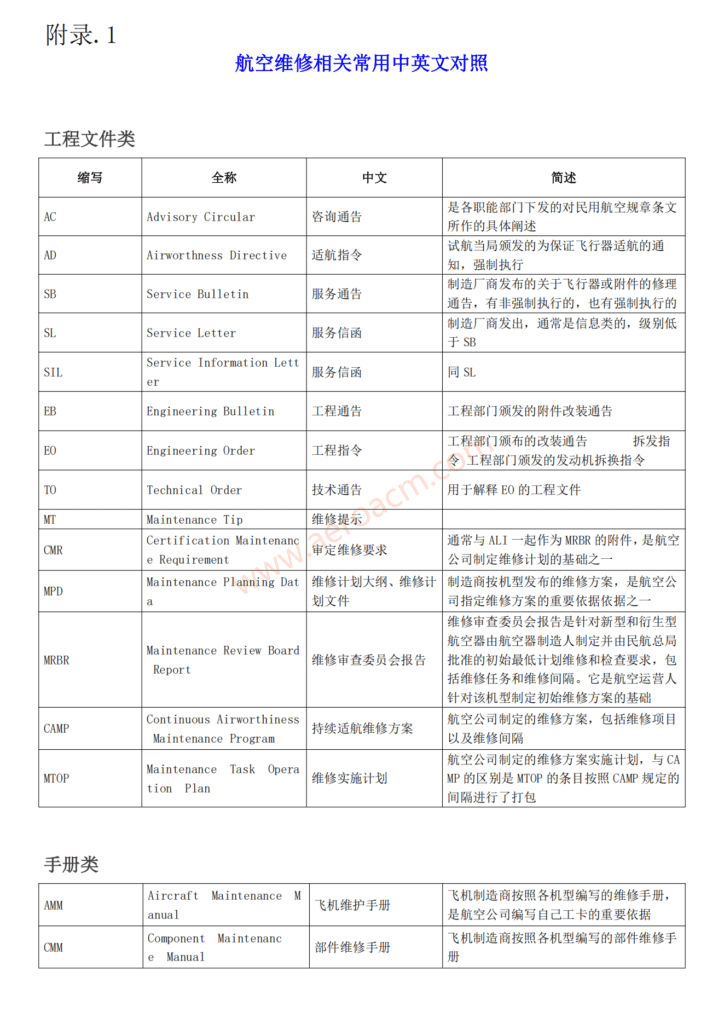
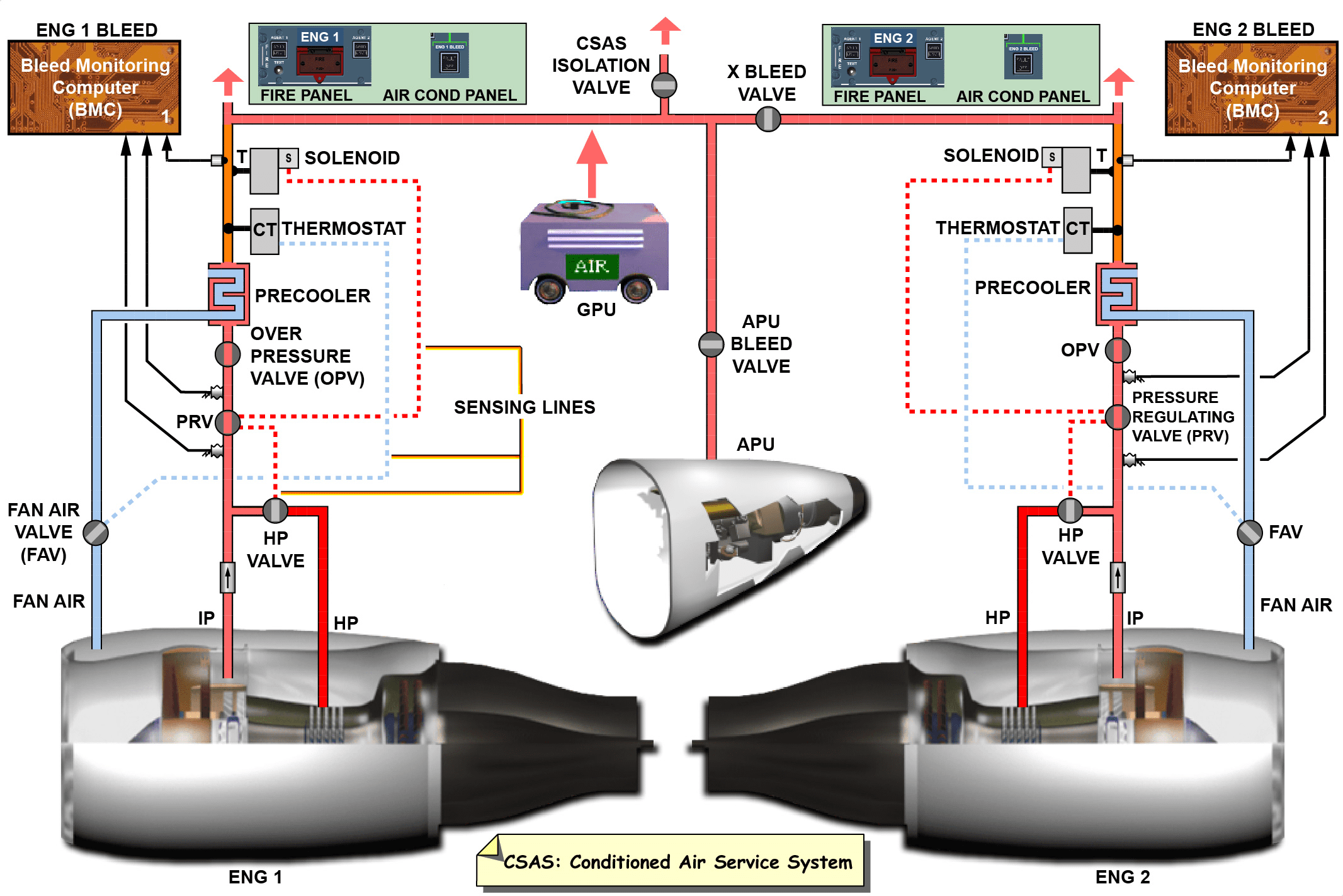
暂无评论内容